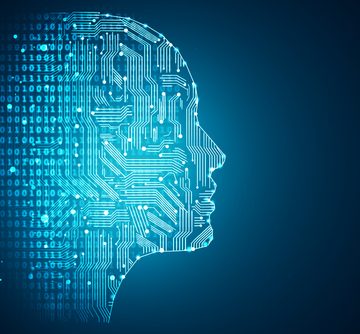Artificial intelligence (AI) is said to revolutionise every industry including energy, chemicals and manufacturing. But what about non-destructive testing methods? Will AI also transform or revolutionise inspections and help us get better results?
Will AI really change non-destructive testing?
AI seems to solve every global and human problem. It holds a lot of promise especially when it comes to designing new solutions and speeding up implementation. That’s because the technology promises to exceed human intelligence and capacity.
For example, analysis and interpretation of data will be real-time or even become advanced and predictive. Clearly this will speed up NDT methods including ultrasonic, magnetic particle, eddy current and radiographic testing. As a result of faster or even predictive interpretation, problems will also be detected much earlier thereby preventing worse outcomes and costly damages and repairs.
However, AI still depends heavily on the quality of data. After all, garbage in garbage out and technologies often work best on what you feed on them. In the case of non-destructive testing, the device and hardware should be of high quality and integrity to begin with before we can expect accurate and faster results. Also, for AI to be useful in many applications, there should be volumes of data to make sense of. This could mean we have to collect a lot more data and use several complementary inspection methods. In other words, this is about getting a better picture of the material, component or infrastructure we’re inspecting and for that we need more information and higher quality data.
What about automation? Perhaps this is the most disruptive aspect of AI because it can totally replace human effort and intelligence. Because of better speed and eventually lower cost, automation will likely become more mainstream. In the case of non-destructive testing, this means fewer technicians will be needed to do the inspection and analysis. However, this could also mean the need for more technicians and analysts because more data will be available which should be analysed. Also, technical operations are getting more complex and that more and more parts and redundancies are being added to our infrastructure. The result is we need to analyse more and keep up with the growing complexity.
In other words, AI will indeed trigger changes in non-destructive testing and other means of detecting damages and defects. But we still have to keep up with the rapid changes in our industries and the regulations. After all, humans still make the final decisions and AI is just there to speed things up or make the tasks easier and safer for us to navigate.


